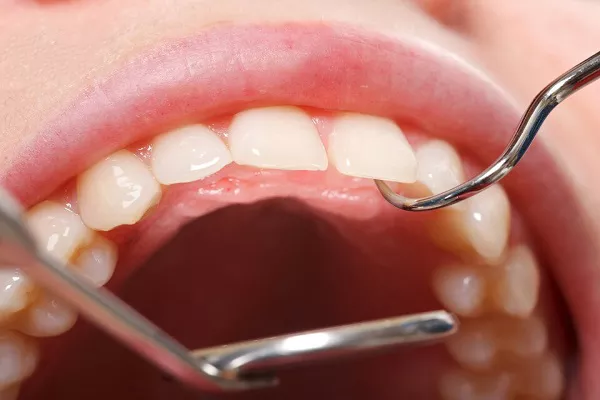Maintaining good oral health is essential for a confident smile and overall well-being. Regular dental checkups and cleanings are part of a comprehensive oral care routine. However, there are times when a standard dental cleaning may not be sufficient, and a deep cleaning, also known as scaling and root planing, is required. In this comprehensive guide, we will explore the signs and symptoms that indicate the need for a deep cleaning, what the procedure entails, and why it’s crucial for your oral health.
The Importance of Dental Cleanings
Regular dental cleanings, typically performed every six months, are essential for keeping your teeth and gums healthy. During these routine appointments, a dental hygienist removes plaque and tartar from your teeth, which helps prevent cavities and gum disease. Dental cleanings also provide an opportunity for your dentist to examine your oral health and detect any potential issues early.
However, there are cases when a more intensive cleaning is necessary to address specific oral health concerns. This is where a deep cleaning comes into play.
Signs and Symptoms That Indicate the Need for a Deep Cleaning
Several signs and symptoms may suggest that you need a deep cleaning:
Gum Disease (Periodontal Disease):
Gum disease is one of the primary reasons for requiring a deep cleaning. The signs of gum disease include:
Bleeding Gums: If your gums bleed when you brush or floss, it may indicate gingivitis, the early stage of gum disease.
Swollen or Red Gums: Inflamed or reddened gums can be a sign of gum infection.
Persistent Bad Breath: Chronic bad breath (halitosis) may be linked to gum disease.
Gum Recession:
Gum recession occurs when the gums pull away from the teeth, exposing the tooth roots. This can lead to sensitivity and increased risk of decay.
Deep Gum Pockets:
During a dental examination, if your dentist measures deep gum pockets (spaces between the gums and teeth) exceeding 3 millimeters in depth, it may indicate the presence of gum disease.
Tooth Mobility:
If you notice that your teeth feel loose or if your dentist detects tooth mobility, it may be a sign of advanced gum disease.
Tartar and Plaque Buildup:
Excessive tartar (calculus) and plaque buildup on your teeth can contribute to gum disease and may require a deep cleaning to remove.
Change in Your Bite:
A change in the way your teeth fit together or discomfort while biting and chewing can indicate gum disease.
Tooth Sensitivity:
Increased tooth sensitivity, especially to hot or cold temperatures, can be a symptom of gum recession and exposed tooth roots.
Previous Diagnosis:
If your dentist has previously diagnosed you with gum disease and recommended a deep cleaning, it’s crucial to follow through with the treatment.
Understanding the Deep Cleaning Procedure
A deep cleaning, or scaling and root planing, is a non-surgical dental procedure that involves the following steps:
Assessment: Your dentist or dental hygienist will evaluate the extent of gum disease, measure gum pockets, and identify areas of concern.
Scaling: During scaling, the dental professional uses specialized tools to remove plaque, tartar, and bacterial buildup from the tooth surfaces and below the gumline.
Root Planing: After scaling, root planing is performed to smooth the tooth roots. This helps prevent the reattachment of bacteria and promotes gum healing.
Oral Care Instructions: Following the procedure, you will receive instructions on maintaining good oral hygiene, including regular brushing, flossing, and any prescribed antimicrobial rinses.
The goal of a deep cleaning is to eliminate the factors contributing to gum disease, prevent its progression, and promote gum tissue healing.
The Importance of Timely Treatment
Timely treatment of gum disease with a deep cleaning is essential for several reasons:
Preventing Progression: Gum disease can worsen over time if left untreated, leading to more extensive and costly dental treatments.
Preserving Oral Health: Treating gum disease helps preserve your oral health, prevents tooth loss, and reduces the risk of systemic health issues associated with untreated gum disease.
Improved Quality of Life: Addressing gum disease can alleviate symptoms such as bleeding gums, bad breath, and tooth sensitivity, improving your overall quality of life.
Conclusion
Recognizing the signs and symptoms of gum disease is crucial for understanding when you may need a deep cleaning. If you experience any of the mentioned symptoms or have concerns about your gum health, it’s essential to schedule a dental appointment promptly. Your dentist can assess your oral health, recommend appropriate treatments, and provide guidance on maintaining good oral hygiene. A deep cleaning, when indicated, can help prevent the progression of gum disease and support your long-term oral health and well-being.
Related Topics:





























